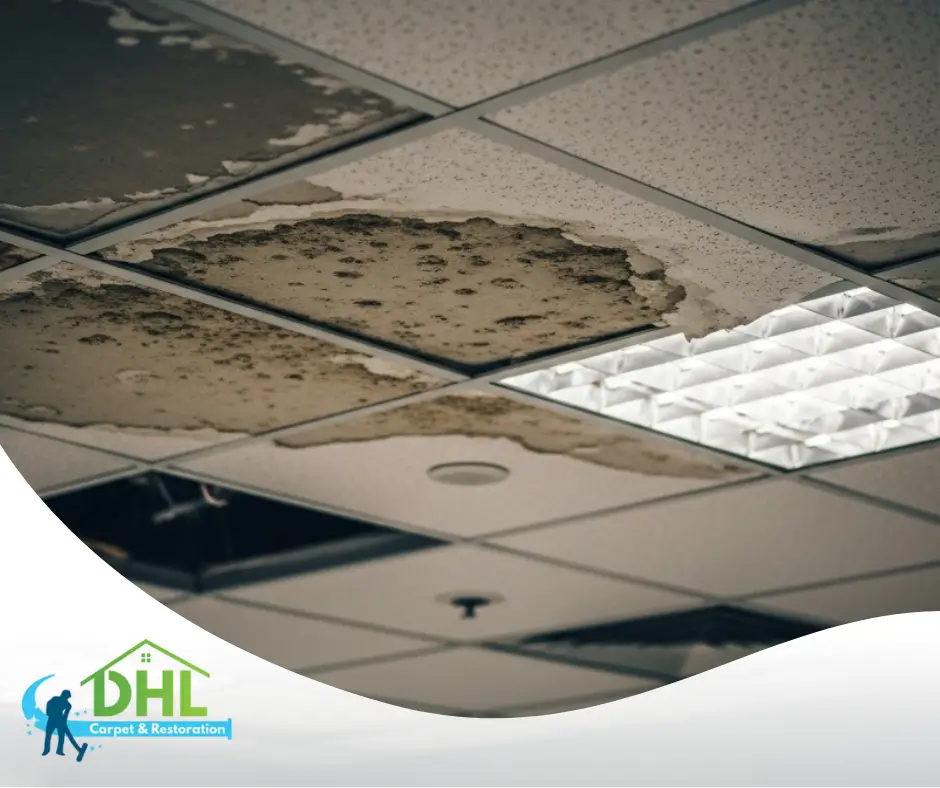Plumbing failures are one of the leading causes of water damage in homes and businesses. From burst pipes to slow leaks, these issues can cause costly damage and health risks if not addressed quickly. That’s why understanding the role of plumbing failures in water damage — and how water damage restoration can help — is so important for every homeowner.
Why Plumbing Failures Are a Major Risk
Your home’s plumbing system is a network of pipes that keeps water flowing where it should be. But when these pipes fail, water can end up in places it doesn’t belong. Common plumbing issues that can lead to water damage restoration include:
- Burst Pipes: Often caused by freezing temperatures, corrosion, or high water pressure.
- Leaky Faucets and Fixtures: Slow leaks can go unnoticed for months, causing hidden water damage.
- Clogged Drains: Blockages can cause water to back up and overflow.
- Faulty Water Heaters: Aging tanks can crack or burst, releasing gallons of water in minutes.
Even a small leak can lead to significant water damage over time. That’s why early detection and quick action are key to minimizing damage and reducing the need for extensive water damage restoration.
Signs of Plumbing Failures Leading to Water Damage
Knowing what to look for can help you catch plumbing issues early. Watch for these warning signs:
- Unexplained water stains or discoloration on walls and ceilings
- Musty odors or mold growth near plumbing fixtures
- Sudden drop in water pressure or strange noises in your pipes
- Increased water bills without a clear explanation
If you notice any of these signs, it’s time to call in the experts for a thorough inspection and prompt repairs — before they become a major problem requiring water damage restoration.
How Water Damage Restoration Helps After Plumbing Failures
When plumbing failures lead to water damage, professional water damage restoration services are essential for restoring your home to a safe and healthy condition. Here’s how they help:
- Water Extraction: Removing standing water quickly to prevent further damage.
- Drying and Dehumidification: Using specialized equipment to remove moisture from walls, floors, and air.
- Mold Prevention: Treating areas to stop mold before it spreads.
- Repairs and Restoration: Fixing damaged structures and restoring your home to its original condition.
Acting fast can make the difference between a minor inconvenience and a costly disaster.
How to Prevent Plumbing Failures and Avoid Water Damage
Prevention is the best way to avoid plumbing-related water damage. Here are some practical tips to help you keep your pipes — and your home — safe:
- Regularly inspect pipes and fixtures for leaks and corrosion.
- Insulate pipes in cold areas to prevent freezing and bursting.
- Keep an eye on your water bill for unexplained increases.
- Clean out drains and avoid putting grease or large debris down your sink.
- Schedule professional plumbing maintenance once a year to catch issues early.
By taking these steps, you can greatly reduce your risk of plumbing failures and the need for water damage restoration services down the road.
Conclusion: Protect Your Home from Plumbing Disasters
Plumbing failures are more than just an inconvenience — they can lead to serious water damage that threatens your home’s safety and your family’s health. The good news is that early detection, proper maintenance, and prompt action can make all the difference.
If you suspect water damage or plumbing issues in your home, don’t wait. Contact a professional water damage restoration team to assess the situation and restore your home to a clean, dry, and healthy condition.
READ MORE:
How Business Owners Can Protect Their Property from Water Damage Risks
How to Spot the Early Signs of Water Damage Before It Becomes a Disaster

